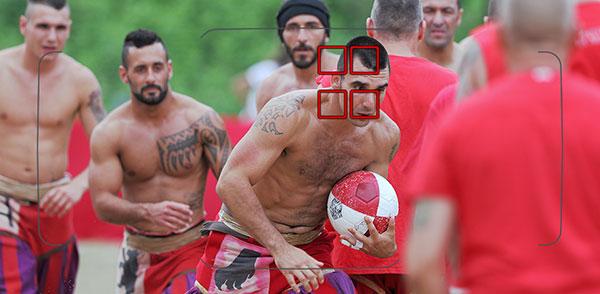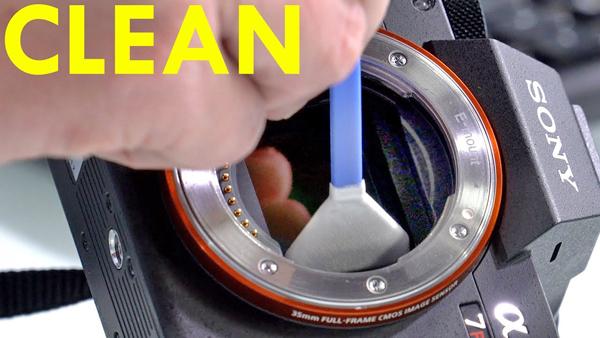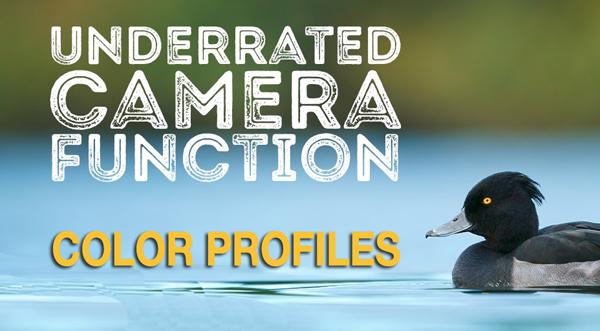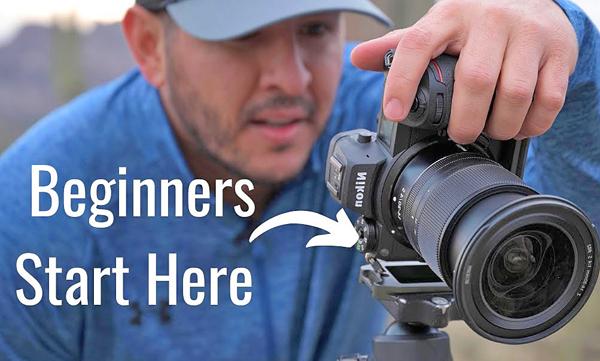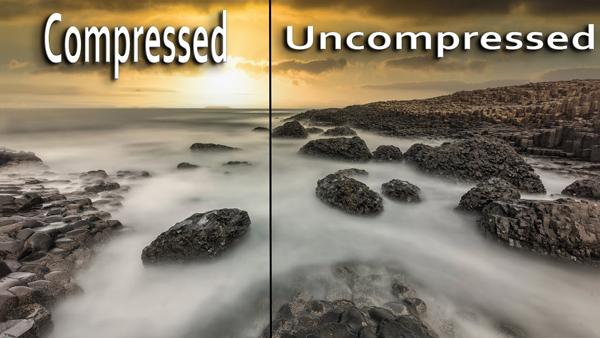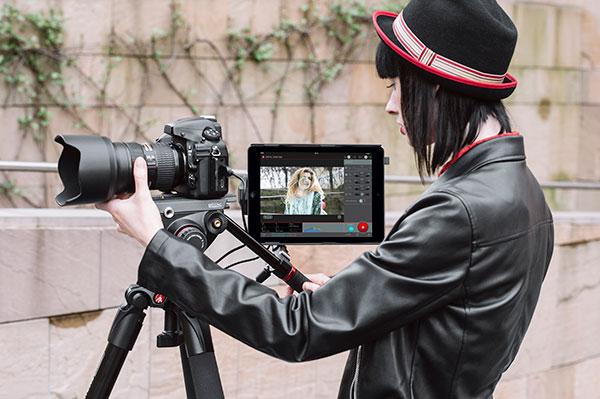DSLR News
Sort By: Post DateTitle Publish Date
|
Nov 07, 2014
|
Nov 14, 2017
|
Mar 09, 2016
|
Mar 14, 2016
|
Nov 19, 2024
|
Feb 02, 2018
|
Mar 20, 2024
|
Apr 24, 2023
|
Apr 15, 2015
|
Apr 21, 2017
